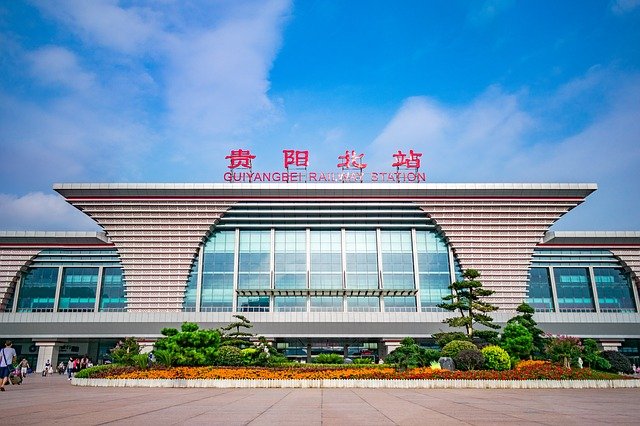(Xinhua)09:20, January 07, 2021
HEFEI, Jan. 7 (Xinhua) — Chinese scientists have set up an integrated quantum network that combines 700 fiber and two ground-to-satellite links and realized quantum key distribution (QKD) between more than 150 users over a combined distance of 4,600 km.
Led by Pan Jianwei from the University of Science and Technology of China, the research was conducted by a group of scientists over the past few years. The research paper has been published online in the journal Nature.
The network consists of four quantum metropolitan-area networks (QMAN) including Beijing, Jinan, Hefei and Shanghai, a backbone fiber link spanning over 2,000 km, and two ground-satellite links that connect Xinglong ground station in Beijing and Nanshan ground station in northwest Chinas Xinjiang Uygur Autonomous Region, separated by 2,600 km. Xinglong is also connected to the Beijing QMAN via fiber, according to the paper.
In the future, quantum communication will be applied in fields of finance, political affairs and national defense. A whole industry chain and eventually a truly secure quantum internet will be possible, said Pan.
The paper describes the largest, most advanced QKD network on Earth — multiple metropolitan networks linked by a backbone network of a scale beyond anything developed previously, with links to the only known operational QKD satellite, said the reviewer of Nature about the paper.
This is significant and of interest to anyone in the field of QKD, network security and the wider audience who appreciate large-scale futuristic engineering achievements. The scale of the demonstration is, by all means, impressive, the reviewer added.
Based on the laws of quantum physics, quantum communications have ultra-high security. It is impossible to wiretap, intercept or crack the information since the quantum state of a photon that transmits data along optical fibers will collapse once it is wiretapped.
In the quantum network, several services such as video calls, audio calls, faxing, text transmissions and file transmissions have been realized for technological verification and real-world demonstrations. Chinese businesses, including two banks, have used the network.
However, it is still expensive for average people to use the network at the moment, but it will be put into commercial use in the near future as cyberattacks are increasingly becoming a threat.
A global quantum network can be realized by connecting more national quantum networks from different countries via ground connections or ground-satellite links, as proven in the research.
Chinas scientific and technological workers have made great efforts to catch up in quantum science and technology and made a number of significant innovations with international influence over the past few years.
Among the three prominent quantum research aspects — computing, precision measurement and communication — quantum communication is most likely the first to be applied, according to Pan.
In 2016, China launched the worlds first quantum satellite, Quantum Experiments at Space Scale (QUESS), which was named Micius after an ancient Chinese philosopher and scientist who has been credited as the first person to conduct optical experiments.
The 2,000-km backbone fiber link, the first of its kind worldwide using a trusted relay structure with 32 relay nodes and 31 links, was opened in 2017 between Beijing and Shanghai, with Hefei and Jinan in between.
The QUESS and Beijing-Shanghai quantum communication line have paved the way for the realization of the integrated space-to-ground quantum communication network.
![]()



